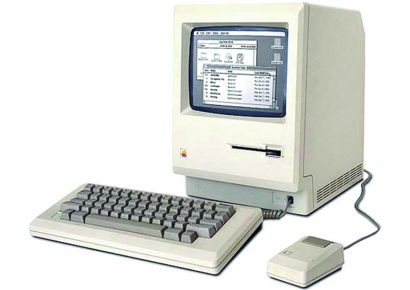Spin That Wheel
Like so many others of my generation, I began tinkering with an old turntable that was on its last legs, destroying records and making mix tapes onto cassette. It wasn’t long before this was upgraded to a pair of decks and a mixer; my trusty Gemini 626 is still going strong today, giving me everything I need to mix two records and a microphone in their natural state. Purists will still argue that this is the only way to DJ, but that is perhaps a little like wearing blinkers in our technologically driven society. It certainly is a worthy format for all DJs to learn and one that can be very rewarding, even if just used for listening at home. Tape may be dead, but vinyl keeps making a comeback time and time again.
The First Digital Era
I will never forget the first time I used a pair of Pioneer CDJs in a club. I hated it and went back to vinyl before the third track of that set. But, so many people jumped on the opportunity to carry less to a gig and have access to a greater music library for a fraction of the cost. The CDJ was the beginning of the digital DJ era and set the ball rolling at an incredible pace. As CD players developed for club use, the desktop style was quickly adopted by most users, with large jog wheels to emulate the movement of a record on a platter. These allowed the DJ to cue tracks and even implement basic scratching techniques, and all on a continually spinning disk that never came in contact with the user. This also meant that damage to your media was very limited, so you didn’t have to think twice about playing that rare dub plate for fear of wearing the grooves beyond repair.
The Disc-less Jockey
As Pioneer led the way with CDJ development, other manufacturers jumped on board and further developments saw the end of the actual compact disc in DJ use. Now, with hard drives and USB flash drives capable of large storage, it became possible for CDJs to source the music from a USB stick and no longer need an actually spinning disc inserted into the device. This led the way for software based mixing, but offered a stable format without the reliance upon a computer. Now, DJs who still prefer to use a standalone deck, can make use of the inbuilt software to mix between several decks all from the library within a USB drive. The result is the look and feel of a classic CDJ with the control and effects of a more modern computer based system.
Into The Box
Of course, the most popular choice in recent years has been to bring it all into a software program and use the power of your computer for mixing, data storage and effects processing. The two main contenders for the top spot in the software realm are undoubtedly Serato and Native instruments’ Tracktor, both of which have a host of dedicated hardware controllers to give the user a real hands-on feel to their workflow. But that doesn’t mean you need to discount some of the lower priced software packages either, with most still offering far more control than most DJs had over their mixes ten years ago.
However, for those who really want to take it to the next level of mixing, when two or four decks are not enough, the new direction taken by Native Instruments with their STEMS audio goes miles ahead. With STEMS you are able to not only mix tracks in stereo, but split them into four separate parts, with vocals, drums, bass and lead sections all running alongside each other, able to be cut, effected and shifted around to create a more dynamic and creative performance.
So, whether you want to lug around a box of vinyl or rock up to a club with a USB stick on your keyring, there are all sorts of options for the modern DJ. The key is to find the format that works best for your needs and where you will be playing. If you just want to listen to vinyl in your high-backed, leather chair in the lounge room, then a quality single turntable will suffice. But if you intend to integrate your own production and build mixes on the fly in a club, perhaps a mix of STEMS audio and other software is going to be right for you. The important thing is that no matter what medium you choose, you get the audience moving.







